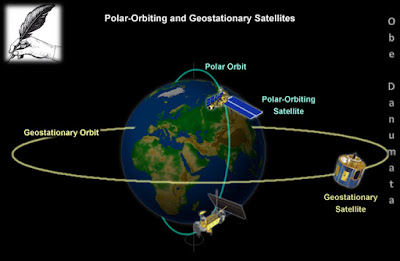What are the Different Phases of the Moon?
The moon
spins on its axis and also orbits the Earth. Hence, the moon
sometimes passes
between the sun and the Earth and sometimes the Earth gets
in between
the Sun and the Moon.
All the
while, one side of the Moon is always away from the Earth. The Moon
has no
light of its own, but it shines because it reflects the light of the Sun.
Different amounts
of sunlit on the face of the moon are visible to us as it travels
around the
Sun, along with the Earth. It ranges from a thin crescent to a full
moon. At
new moon, a slim crescent
area
of moon on which light falls can be seen. As it moves around the Earth, this
crescent slowly increases or waxes. Then the Moon passes through first quarter and the
gibbous phases to the fully
illuminated one. Then the
Moon begins to wane to become waning crescent and then
disappears. It
happens so because the side of the Moon facing us has no sunlight
falling on
it. The Moon then appears as a New Moon. This cycle of Moon is
known as
lunar month, which consists of 29.5 days.






Comments
Post a Comment